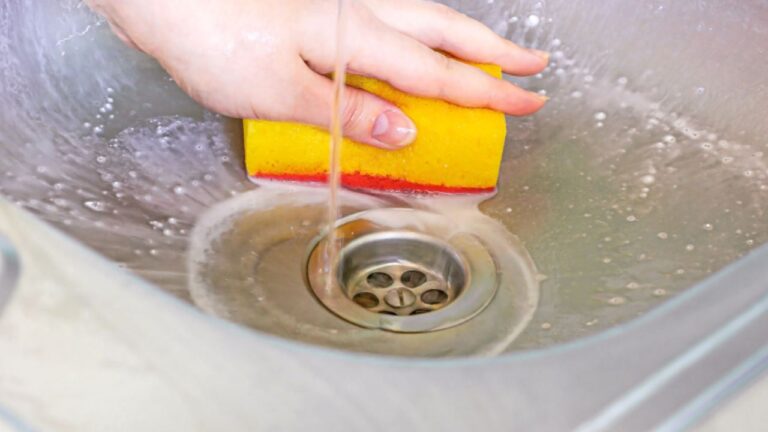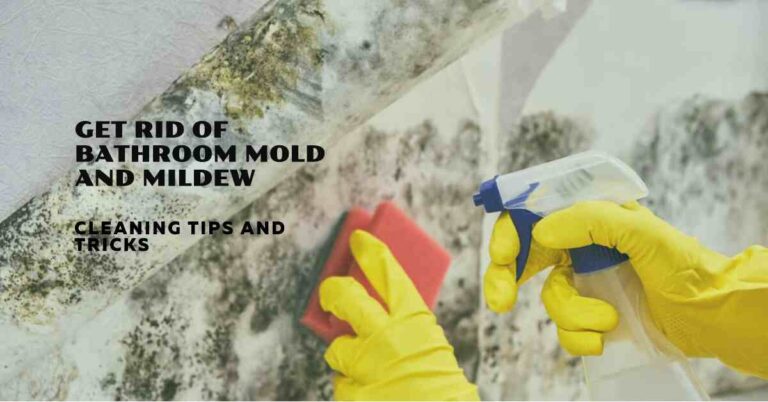Before discussing how to use a geyser in the bathroom, it’s helpful to understand how they function. A geyser is a form of hot spring that erupts periodically. It is produced by underground heating water until it reaches its boiling point from geothermal/volcanic activity below the Earth’s surface.
The water collects in underground reservoirs within permeable rocks. As more heated water collects, pressure builds until it is strong enough to cause an eruption. During an eruption, the super-heated water and steam are ejected upward from the reservoir, sending a plume of hot water high into the air. After an eruption, the underground pressure reduces, and more hot water collects until the next eruption.
Locating Your Home’s Geyser
The first step in utilizing a geyser is finding its location in your home. Most residential geysers are installed in basements, utility rooms, or garages with adequate space and ventilation.
Look for a large metal water tank, usually 40-80 gallons in size. It will have intake and output pipes, a temperature/pressure relief valve, various knobs, valves, and buttons to control the heating elements and water temperature.
It’s important to familiarize yourself with all of the parts of your geyser so you understand how to operate and maintain it properly. Make a note of any manufacturer/model information on identification plates, as this can be helpful if you need to reference use guides or manuals.
Don’t hesitate to contact a plumber if you can’t locate your home’s geyser – having it properly serviced is vital for safety.
Adjusting the Geyser’s Temperature
Once you’ve located your geyser, you’ll want to adjust the temperature to a comfortable warmth for bathing or showering. Most geysers have a temperature dial or selector knob that allows you to choose the heat level. As a general rule of thumb:
- 104-110°F is suitable for washing dishes and doing laundry
- 108-116°F is good for bathing children and the elderly
- 110-120°F is standard for showering
- Above 120°F can scald and should be avoided
Use caution when adjusting temperature, as water heaters can withstand high heat, but scalding is dangerous. Make gradual, small changes to the dial and test the water temperature with your hand before prolonged contact, like showering. Mark the optimal setting with a label for future reference.
To adjust the temperature of your water heater, you should follow these steps:
- Turn off the power to the water heater at the circuit breaker.
- Find the access panel for the thermostat(s) and unscrew it.
- Use a flat-blade screwdriver to raise or lower the temperature according to the ranges listed on the dial.
- Test Your Water Temperature Before Using It.
It’s important to note that the Department of Energy recommends a hot temperature setting of 120 degrees for safety and energy savings. But, the Occupational Safety & Health Administration (OSHA) recommends water heaters be set to at least 140 degrees Fahrenheit (60 degrees Celsius) to cut the growth of Legionella and other microorganisms.
So, it’s smart to stay within 120 to 140 degrees Fahrenheit (49 to 60 degrees Celsius) and use your best judgement for your family and household when setting the temperature.
Additional Tips for Geyser Use and Safety
To ensure your home’s geyser operates efficiently and safely, follow these additional tips:
- Only use hot water for its intended purpose, like showering/bathing – avoid using it as drinking water without treatment.
- Flush sediments from the bottom of the tank annually by running a hose from the drain valve until the water runs clear.
- Inspect/replace the temperature and pressure relief valve (TPRV) every 3-5 years per manufacturer guidelines to avoid build-up.
- Insulate exposed pipes to save energy and avoid contact burns from accidentally touching uninsulated pipes.
- Consider installing a mixing valve for added safety that regulates the hot/cold water blend and prevents scalding.
- Have geysers serviced annually by a professional to check elements and anodes and inspect for leaks or corrosion.
Conclusion
You can easily operate your home’s water heater safely and efficiently with a little understanding of how geysers work and some simple adjustments and maintenance.
Following the temperature guidelines and safety tips shared here will help prevent scalding injuries while providing hot water for all your bathing needs.
Don’t hesitate to contact a plumber if you have any other questions. Wishing you many comfortable showers and bubble baths ahead!
FAQs:
It depends on the geyser’s capacity, power and temperature setting. Generally, it takes about 10 to 15 minutes to heat water in a geyser.
The electricity consumption of a geyser depends on the wattage, usage and duration of heating. A typical 15-litre geyser with 2000 watts of power consumes about 2 units per hour.
You can save electricity by choosing a star-rated geyser, setting the thermostat at a lower temperature, switching off the geyser when not in use, and using hot water judiciously.
You can install a geyser in the bathroom by following the instructions given in the manual or by hiring a professional plumber. You need to ensure proper wiring, plumbing and ventilation for the geyser.
You can maintain a geyser in the bathroom by cleaning it, checking for leaks, replacing worn-out parts, and servicing it once a year.
Resources:
For more information on how to use a geyser in the bathroom, you can visit these links:


